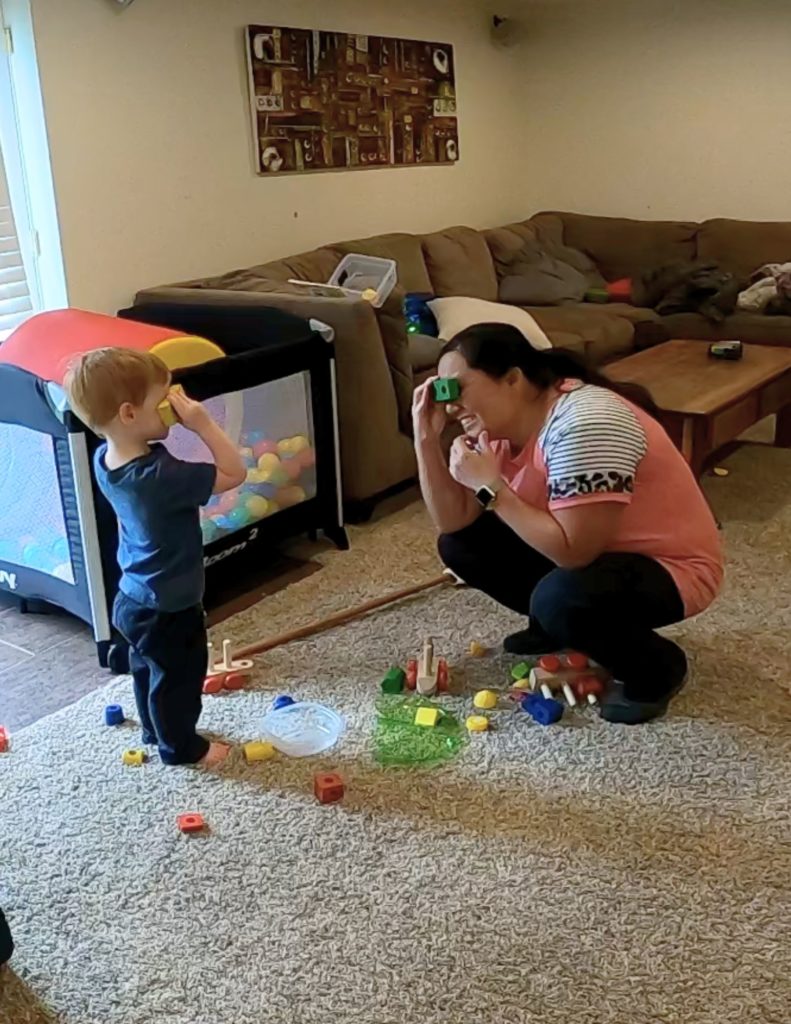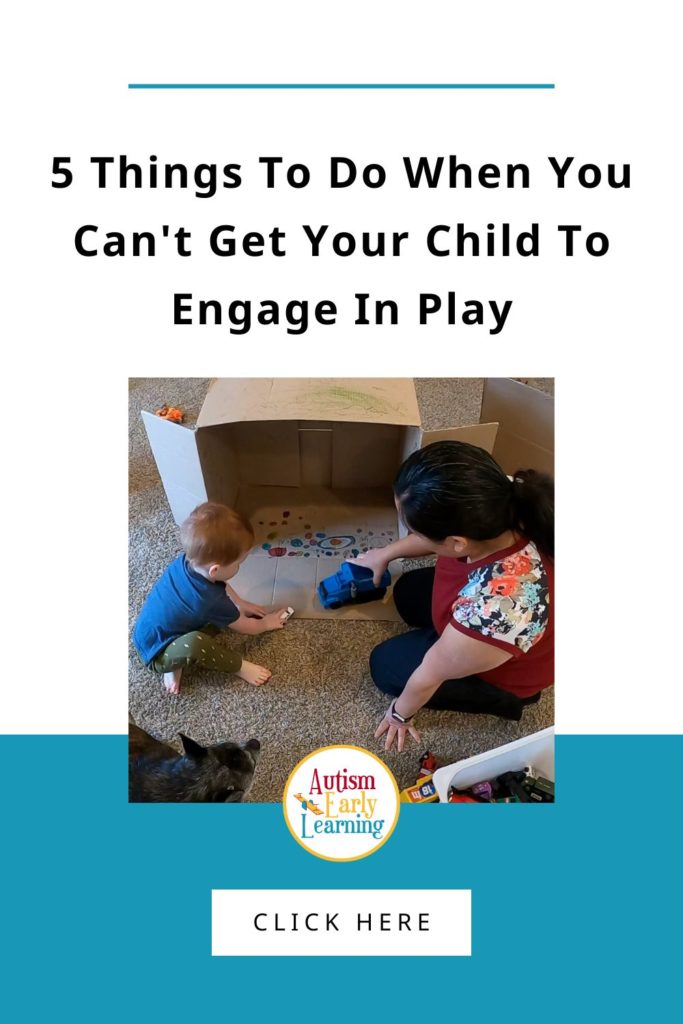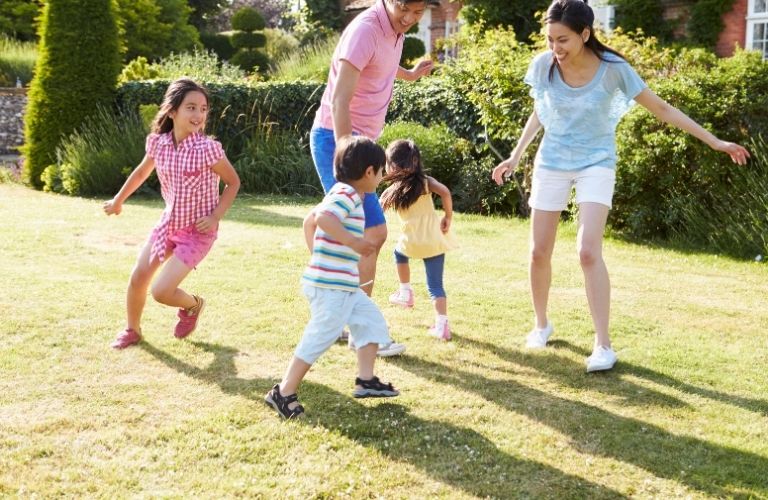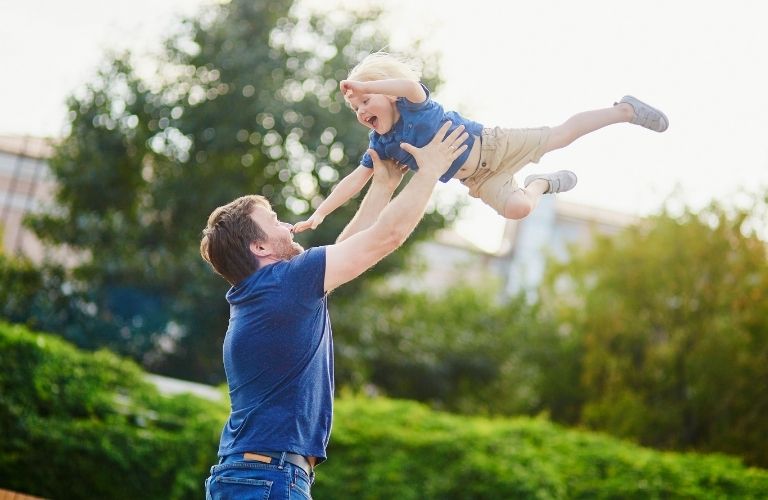This post is for those of you who have a child with autism that has a difficult time engaging in interactions with others. They would rather play by themselves, and no matter how hard you try they’ll only engage in brief interactions with you. I am writing this for you. If this doesn’t apply to you, I would love for you to check out some of my other posts.
I’ll be honest, the reason I have been in the field of autism since 2007 is because of a teenager like this. He rarely engaged with anyone, he didn’t talk, and he didn’t make many gestures to communicate. No matter how hard people tried, he acted like he didn’t care. And yet we bonded.
At the time I was working as a caseworker for people with developmental disabilities. I know you’re not supposed to have favorites, but everyone knew that he was my favorite. Even the other residents would come to me to tattle on him and they’d say “Your boy” is doing this or that! He was the first person that I had really had consistent interactions with that had autism. I had worked with adults with various developmental disabilities for years, but this was different, and I didn’t really know what I was doing.
Let’s call this boy Sam. As I look back on my experiences with Sam, I realize that I was actually doing some of the things that I now train parents to do. I’m going to talk about some of those things as we go along, and my hope is that you will find some new and effective ways to have more meaningful interactions with your child. These kiddos are some of my favorite kids to work with.
5 Things You Can Do When You Can't Get Your Child To Engage In Play
Enter your name and e-mail to receive your 5 Tips To Improve Engagement along with more strategies and techniques to help you increase learning and growth.

Engagement = Communication
In the PLAY Project,we call back and forth interactions ‘Circles of Communication.’ When one person initiates something, they are opening a circle. When the other person responds, they are closing the circle. The more circles you get, the more engagement you are getting.
Oftentimes kids who have a hard time engaging may only have 1-3 consecutive circles at a time. The goal is to increase the number of consecutive circles your child is having with you. Our main focus right now is the quantity of circles, it doesn’t matter how big or small they are. We just want a lot!

Back and forth interactions are the goal
I’ll give you some examples of big and little circles. Sam and I used to like to play catch in the hall, when the ball would get past Sam I would say “Get the ball” and then Sam would get it. I opened a circle by saying “Get the ball” and Sam closed the circle by getting the ball. That is a big obvious circle.
One of my favorite moments was when Sam opened the circle when I missed the ball. He started saying “gettheballgettheballgettheball” so I closed the circle, and I got the ball. That was the first time I had ever heard him say any words.
A tiny or micro circle would be something like this, I was told by some of the staff that whenever I was in the hall and Sam would see me coming, he would get a little excitement in his eyes. Something small enough that I didn’t notice it down the hall. When I would walk down the hall towards Sam, I was opening a circle. The anticipation in Sam’s eyes was closing the circle.
The smaller circles are tricky because if you’re not looking for them (and sometimes even when you are looking for them) they’re hard to see. It takes a lot of practice. This is when I would normally sit down with parents and show them a video of them playing with their child and then I could point out to them the circles. I’ll give you some more examples, but you don’t need to know if they’re big, small, or micro circles. I just want you to know if you’re getting circles.
Use Activities You Already Know Your Child Loves To Do

Sometimes just being with your child is enough. When I say with your child, I don’t just mean in the same room, I mean being interested in what she’s doing. Sitting near your child and at eye level. One of the reasons that I think that Sam and I bonded was because I always took time out my day just to sit with him. Some days we would play ball, but some days we would both just stand in the hall and I would talk to him without telling him what he should be doing, just talking (narrating) about what we see.
I would encourage you to sit down and make a list of activities that you already know that your child enjoys. Think of ways that you could get circles with the activities that you already know are engaging. I would love to hear what your ideas are in the comment section!
Watching a child with autism strengthen their relationship with their family is the best
Engaging a child with autism in meaningful play is the first step to teaching your child so many things in the future. That initial engagement can be tricky for some kids, but it’s not impossible. There are other ways to teach a child to pay attention to you, but I prefer doing it through play. It’s more motivating, and your child is learning that you are fun and enjoyable to be with.

I really hope that you were able to find at least one thing in this post that can be helpful to you. If you are looking for more ideas on how to engage a child with autism in play, sign up for your free Autism Activity Guide in the yellow section below and I’ll also send you more tips and strategies to your inbox.




